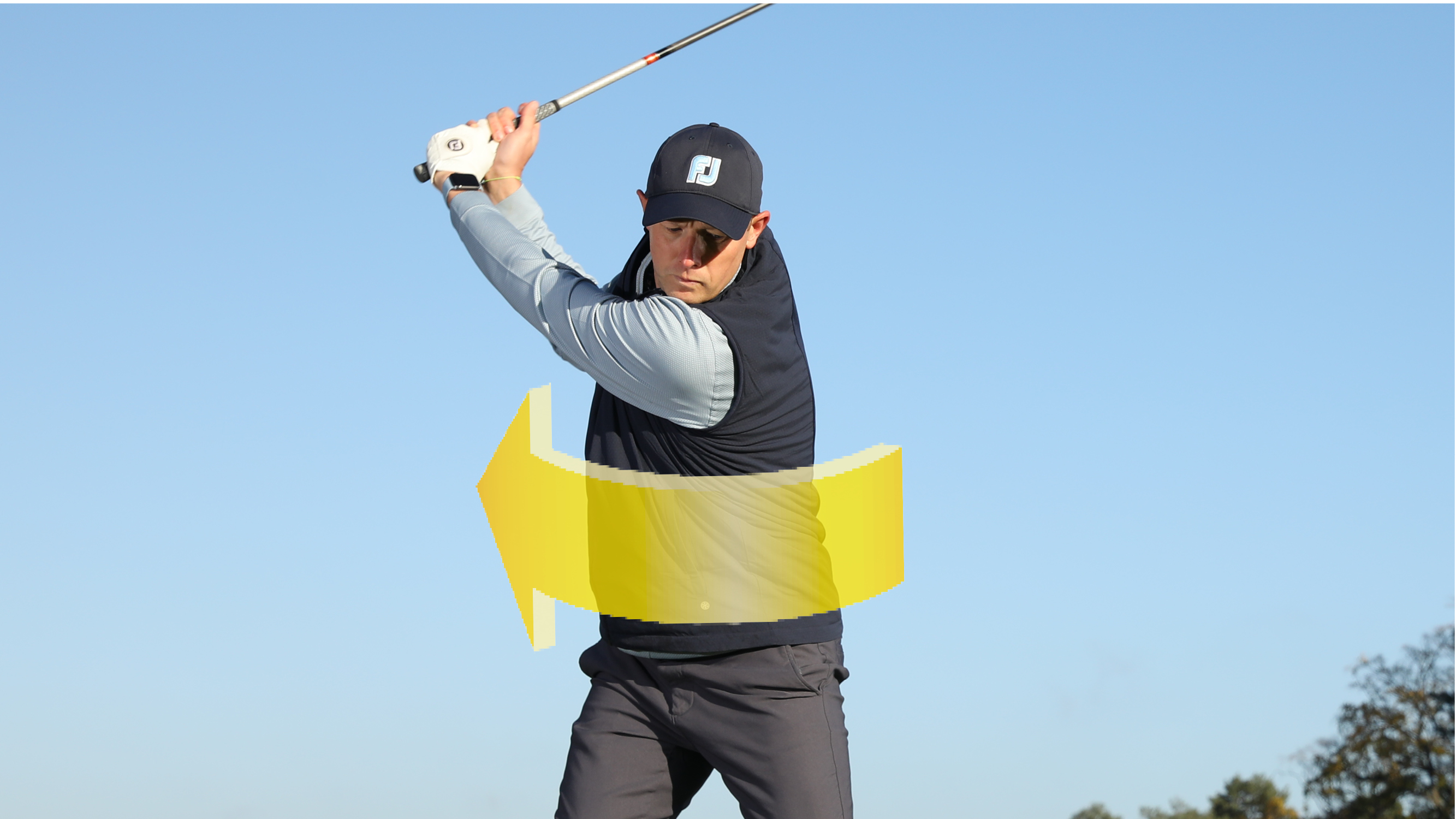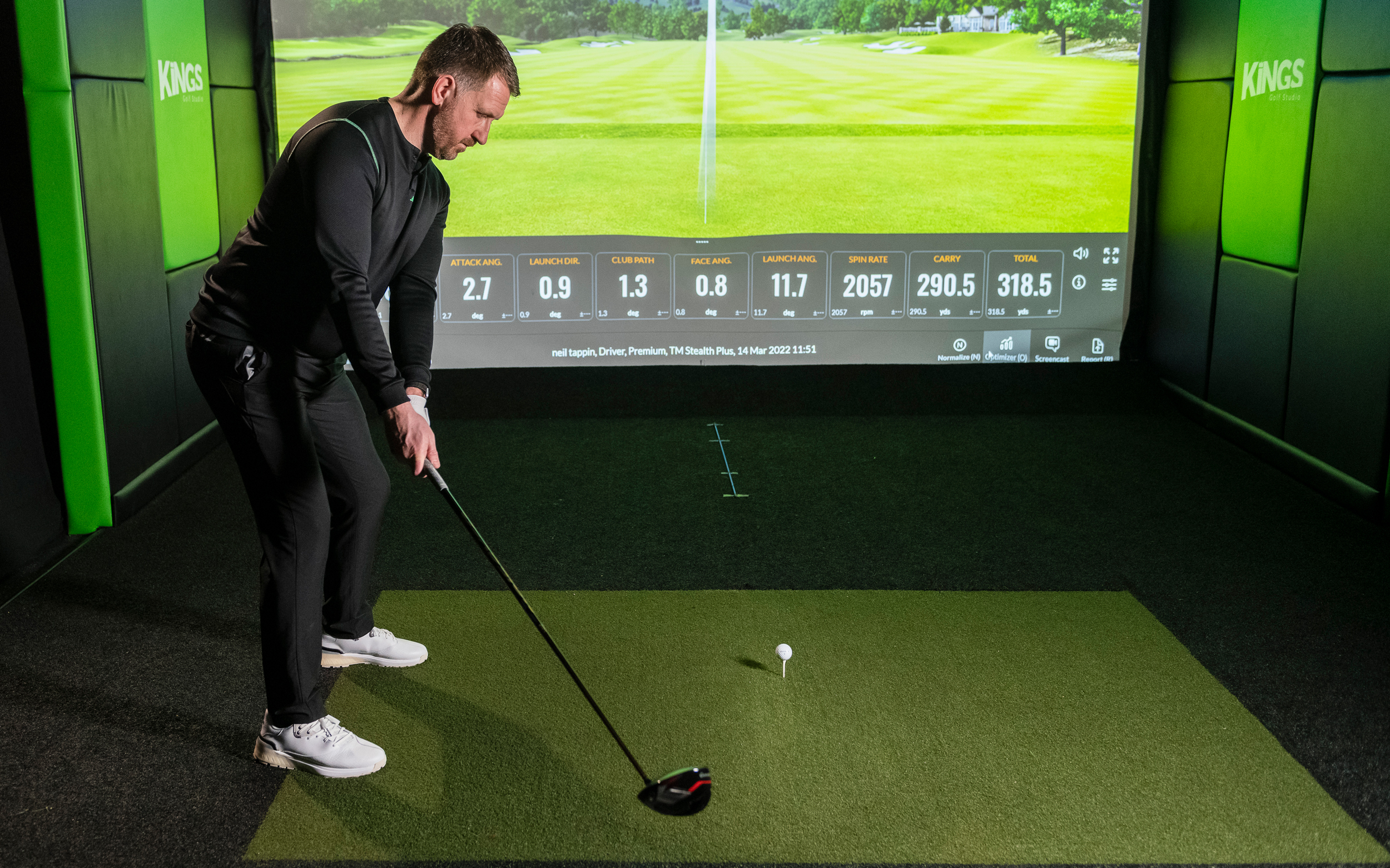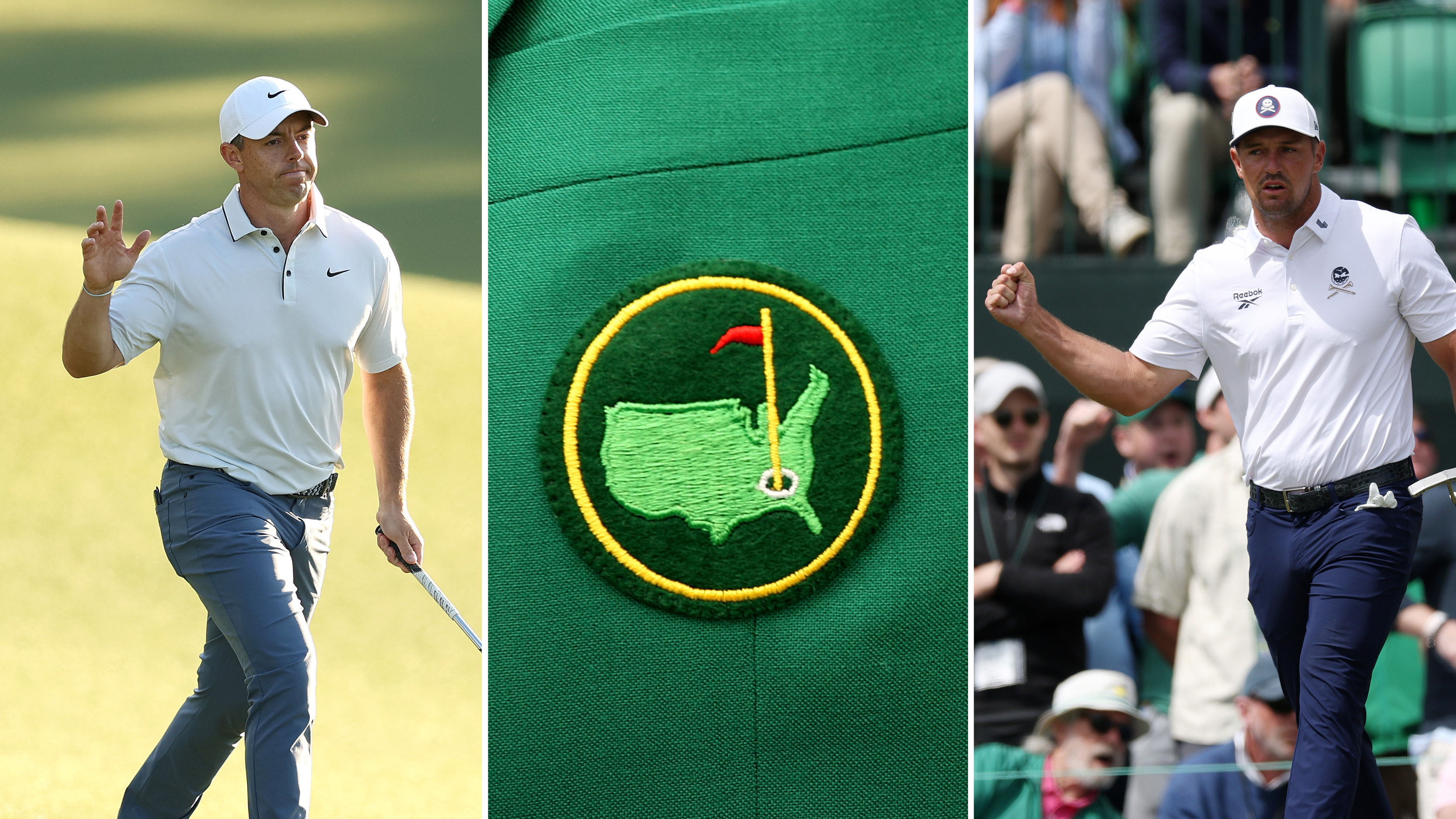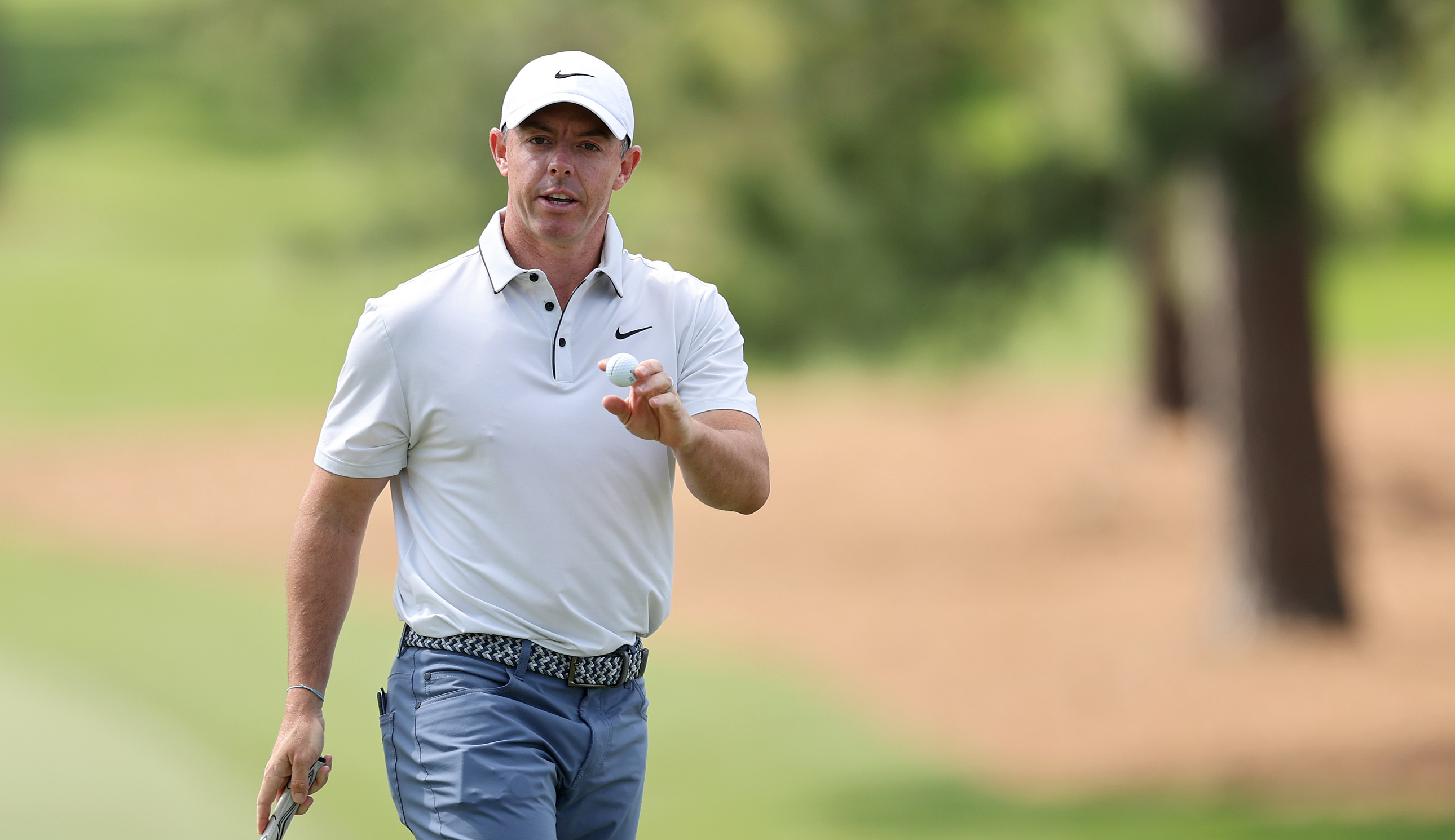Driver Backswing: Your Complete Guide
Your driver backswing is largely responsible for your power and control - PGA Pro Gareth Lewis explains the keys to getting it right!


Improving your driver backswing will put you in a much better position to generate power and control, which will take pressure off the rest of your game. With shorter irons into greens, you won’t be forced to rely on your short game as frequently to bail you out of trouble. So, in the video and article below, PGA pro Gareth Lewis discusses his complete guide to the driver backswing that will help you avoid some of the common pitfalls that plague golfers…
The biggest difference between the driver and any other club is that it has the longest shaft. That means when you set up to the ball you’re further away from it, which means the takeaway in the golf swing tends to be more of a sweeping motion.
That in itself isn’t a problem. But problems do arise when golfers with a one-piece takeaway sweep the club around their bodies too much, leading to it getting well inside the ideal plane line. That can then result in a loss of posture and a difficulty in delivering the club back to the ball with any sort of consistency.
Instead, once you’ve perfected your driver address position, with the ball forward and a good spine tilt away from the target, feel like you sweep the club straight back, keeping it low to the ground. Do this until the clubhead works past the right foot then you can rotate your hips for power to the top of the swing, before using your lower body to start the downswing.

Feel like you sweep the club straight back, keeping it low to the ground. That'll put you in a great position to rotate to the top
The next thing to mention is weight distribution in the golf swing. One of the common myths is that you should keep your head still, but with a driver you’re trying to create power and speed. So when you sweep the club away, let the weight shift onto your right side, ideally feeling the pressure on the inside of your right knee or right foot at the top of the backswing.
If that means your head also has to shift a little, ala Dustin Johnson, don’t be afraid to dispel the myth and give it a go. After completing the backswing, the weight should be loaded nicely into the inside of your right knee, and from there, you’re ready to work the lower body in the transition for maximum power. This will also encourage an upwards strike which is why launch angle and power are linked when it comes to the driver.
The reason it’s so important to load the inside of your trail leg with a low and wide takeaway is because the common fault is the opposite: staying centred, picking the club up steeply and not shifting your weight properly. More often than not, this results in the dreaded reverse pivot which, in turn, can be one of the main reasons why golfers struggle with cutting across the golf ball.
Get the Golf Monthly Newsletter
Subscribe to the Golf Monthly newsletter to stay up to date with all the latest tour news, equipment news, reviews, head-to-heads and buyer’s guides from our team of experienced experts.
How long should your driver backswing be?
If you're a regular watcher of Tour golf, you'd be forgiven for any confusing around this topic. On one hand there are players like John Daly and Phil Mickelson with long backswings that send the club way past parallel at the top. On the other hand you've got players like Jon Rahm who deliver huge clubhead speed with shorter backswings.
The simple rule of thumb here relates more to your body rotation than how far the club itself goes. Is your upper body turning against your lower body? For those with good mobility a 90 degree shoulder turn and a 45 degree hip turn is good. As long as you create good resistance between these two angles and aren't flexing your lead elbow at the top you should be in a good position, no matter how far back the club goes.
So, to recap, ensure you don't fall into the trap of sweeping the driver back too far on the inside. It's easily done and will make it harder to stay in your posture and therefore strike the ball with any sort of consistency.
Instead, feel like you take the club straight back, keeping it low to the ground. Once you've done that, you'll be in a great position to rotate to the top and properly load into your trail side.

Gareth is a well respected professional with over 20 years experience. Gareth has previously worked at various high profile and world-renowned facilities, the most recent being Royal St.David's Golf Club in Harlech, North Wales, where he held the position of Club Manager and Head Professional.
He has a passion for coaching, custom fitting and retail and also enjoys regularly competing and playing socially. Gareth has had success coaching players of all abilities from a Welsh Professional Champion and Welsh Amateur Internationals to the absolute beginner. Gareth's passion for all sports and enthusiasm to continue learning makes his coaching style very adaptable and relatable, which is why he also has a good track record of coaching elite athletes from other sports. More details can be found at www.lewygolf.co.uk
-
 Rory McIlroy vs Bryson DeChambeau: Who Are We Picking To Win The 2025 Masters?
Rory McIlroy vs Bryson DeChambeau: Who Are We Picking To Win The 2025 Masters?We're set up for a blockbuster final day at Augusta National where Rory McIlroy and Bryson DeChambeau play together in the final group
By Elliott Heath Published
-
 The Masters Crystal Rory McIlroy Has Already Won At Augusta National This Week
The Masters Crystal Rory McIlroy Has Already Won At Augusta National This WeekMcIlroy leads going in to the final round at Augusta National, with the four-time Major winner already bagging some silverware before he looks to claim the Green Jacket
By Matt Cradock Published